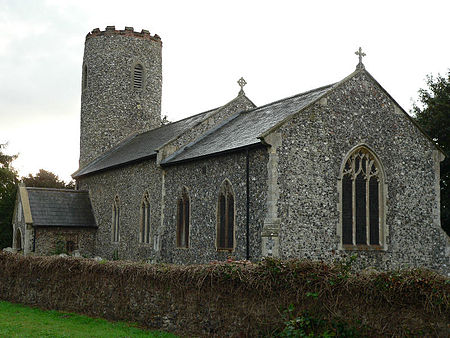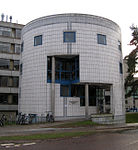Colney

Colney () is a village in the western outskirts of Norwich in Norfolk, England. It is in the administrative district of South Norfolk. It covers an area of 3.83 km2 (1.48 sq mi) and had a population of 124 in 35 households at the 2001 census, increasing to 153 at the 2011 census.The villages name means 'Cola's island'. Its church, St Andrew, is one of 124 existing round-tower churches in Norfolk. The village is home of Greenacres Memorial Park, which contains sections for natural 'woodland' burials and interments/scatterings of ashes after cremation, and a Memorial Hall for celebrations of funerals and weddings. Cremation services can take place there although coffins are taken to a licensed crematorium elsewhere for actual cremation. Those whose funerals have taken place here include television presenter Caroline Flack (1979-2020).Colney is home to the Norfolk and Norwich University Hospital, John Innes Centre, Quadram Institute and the location of Norwich City F.C.'s training ground.The River Yare flows through it.
Excerpt from the Wikipedia article Colney (License: CC BY-SA 3.0, Authors, Images).Colney
Watton Road, South Norfolk
Geographical coordinates (GPS) Address Nearby Places Show on map
Geographical coordinates (GPS)
| Latitude | Longitude |
|---|---|
| N 52.625353 ° | E 1.221714 ° |
Address
Watton Road
Watton Road
NR4 7UB South Norfolk
England, United Kingdom
Open on Google Maps







